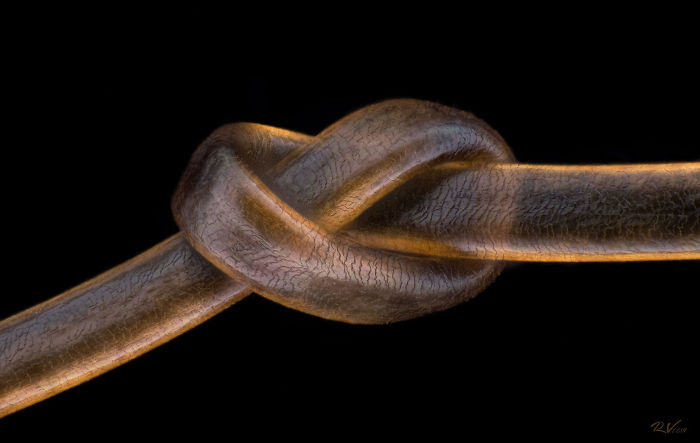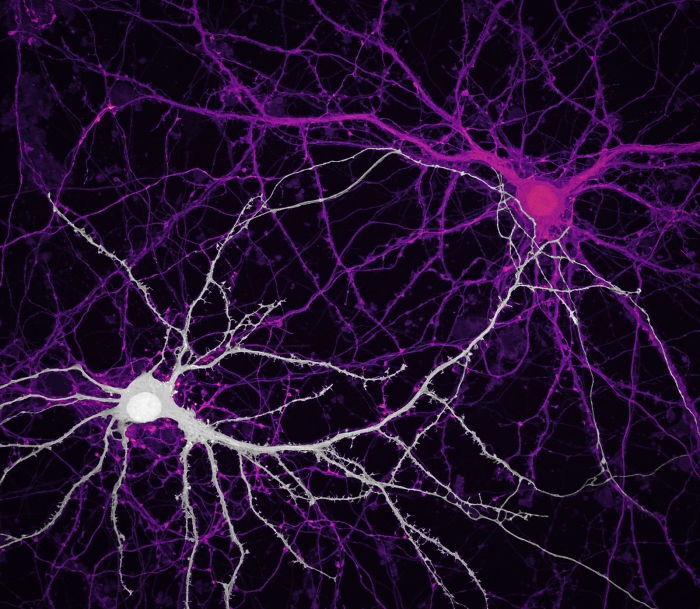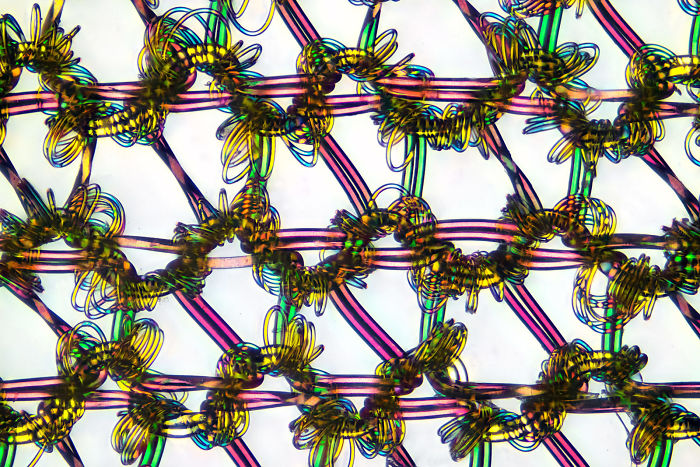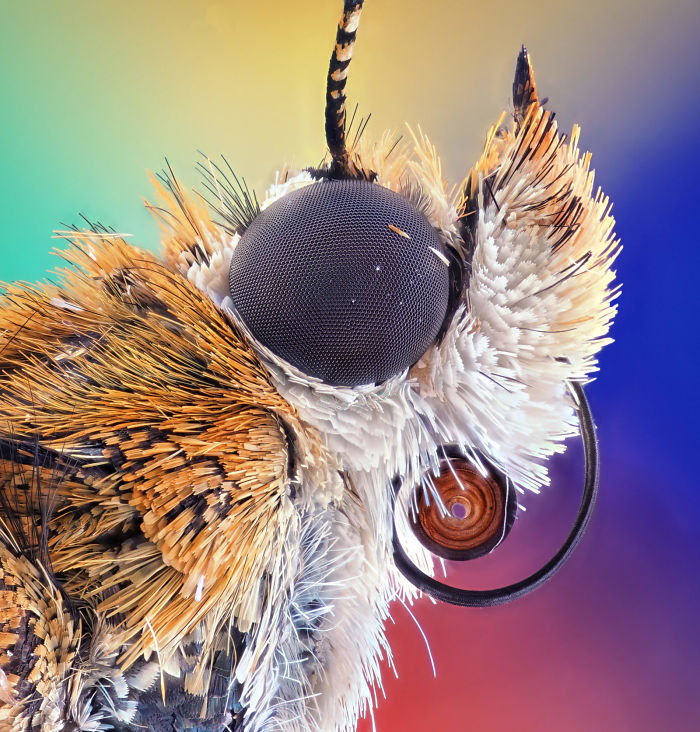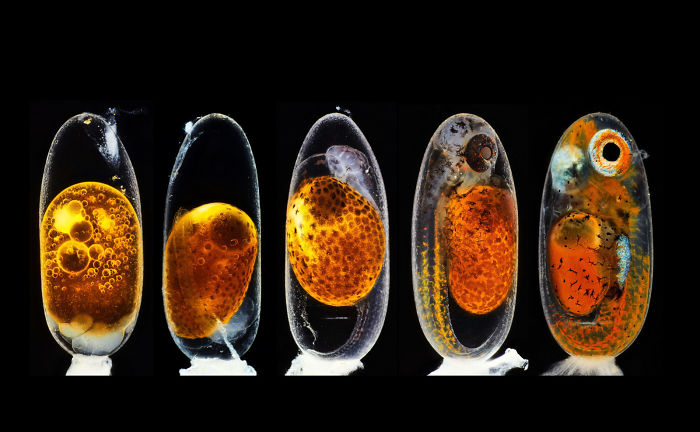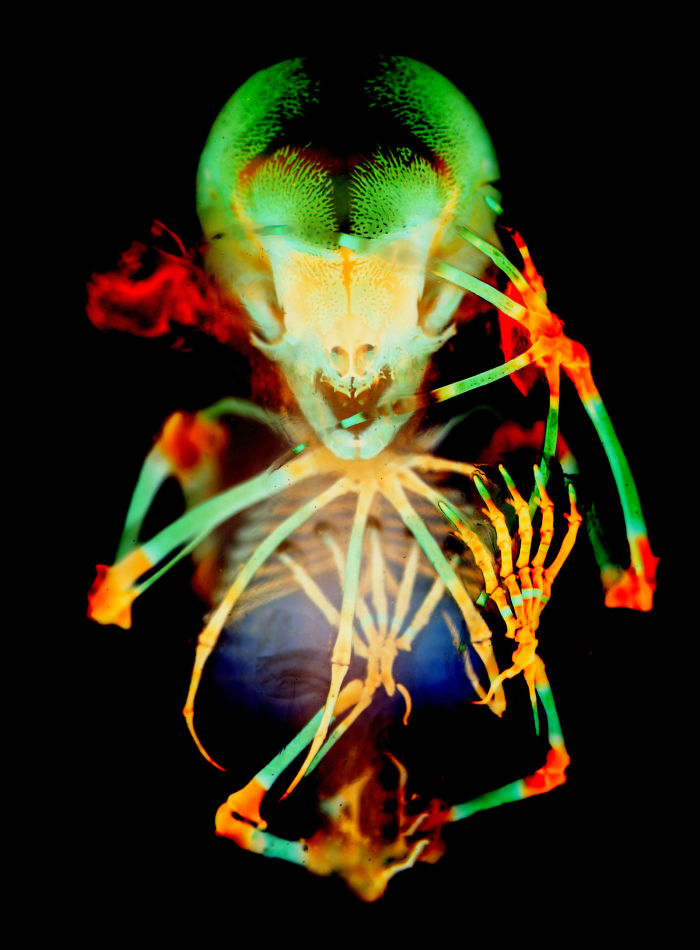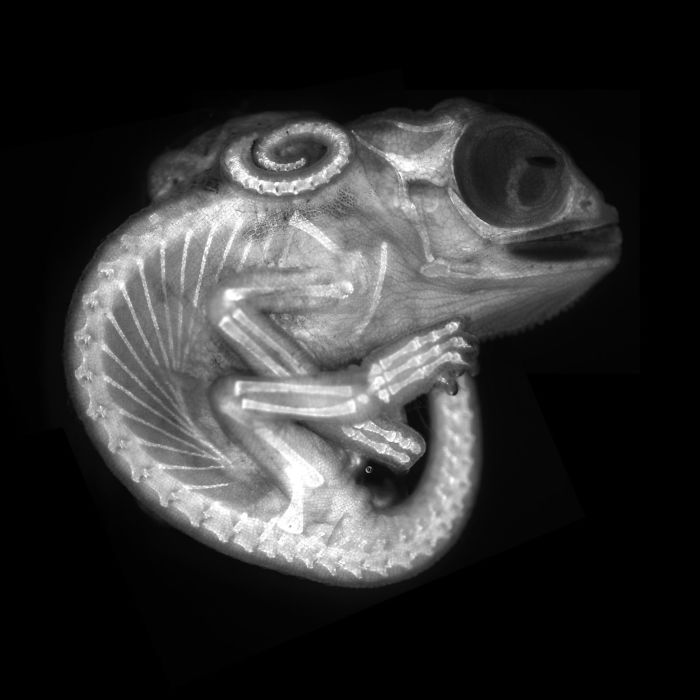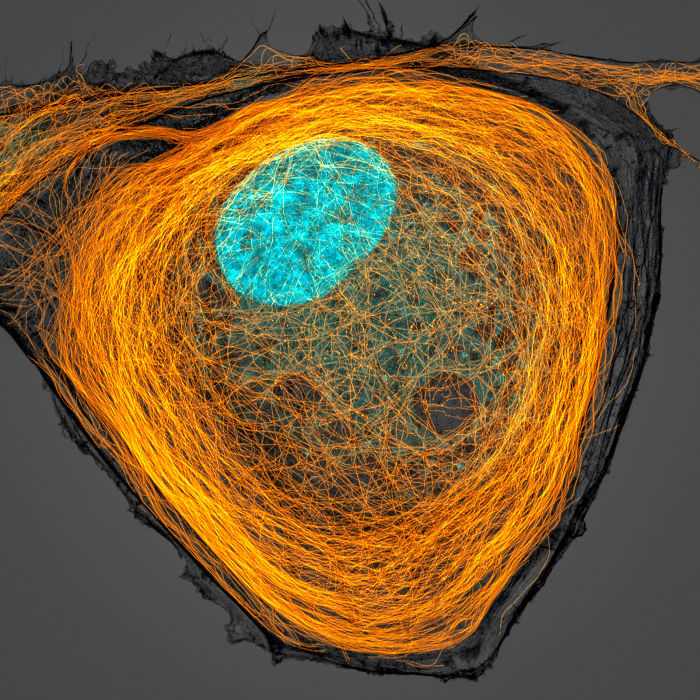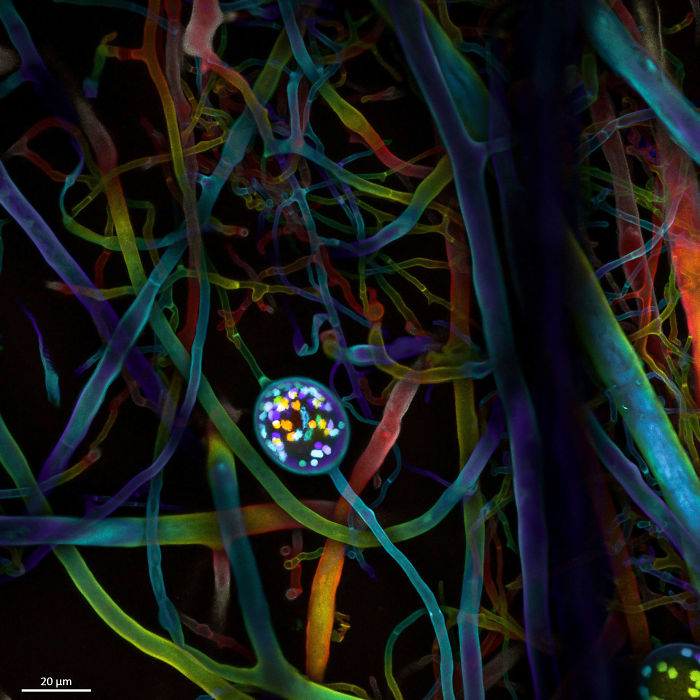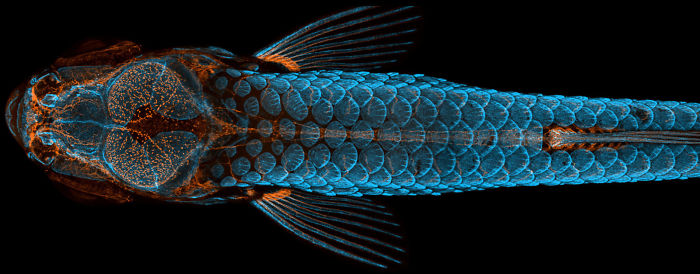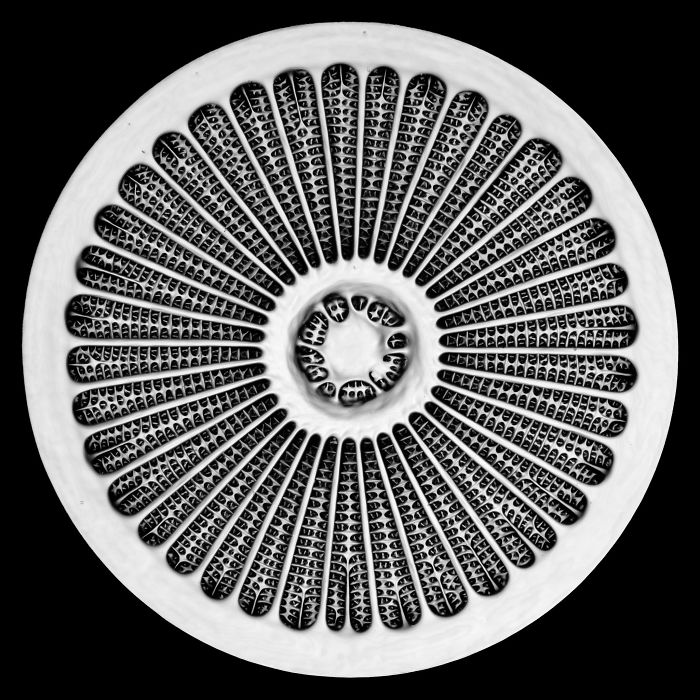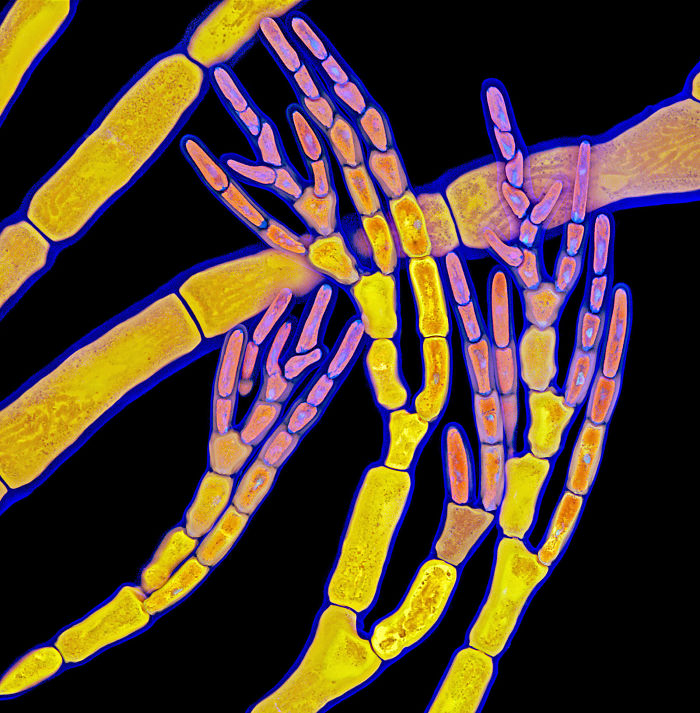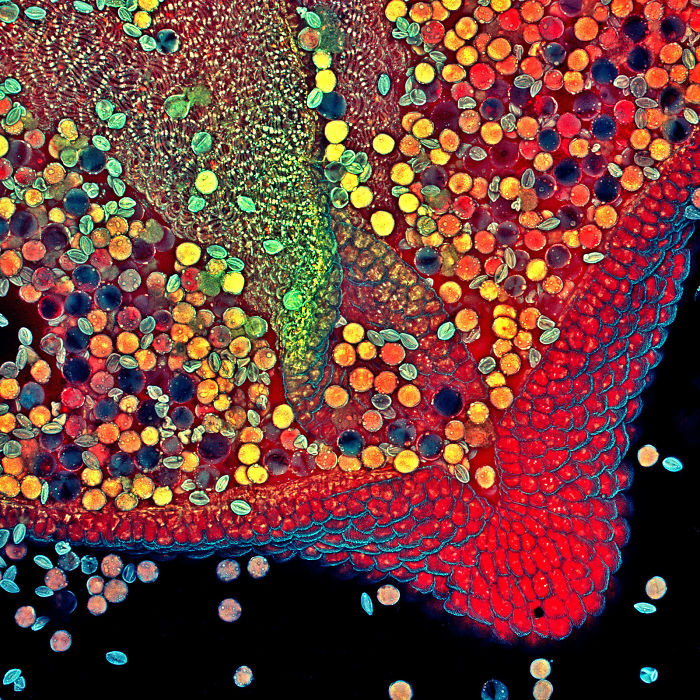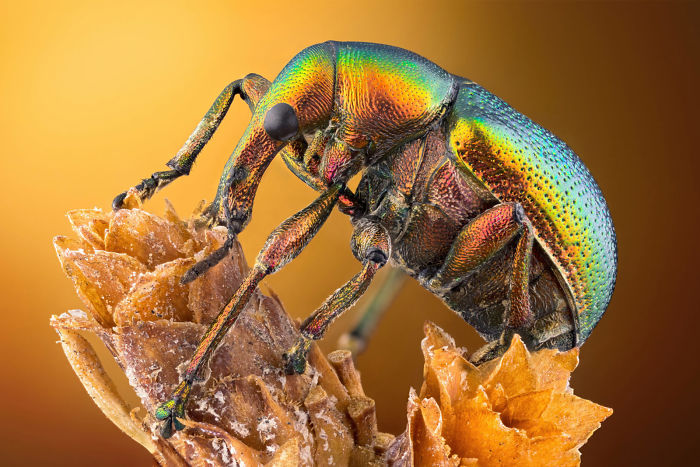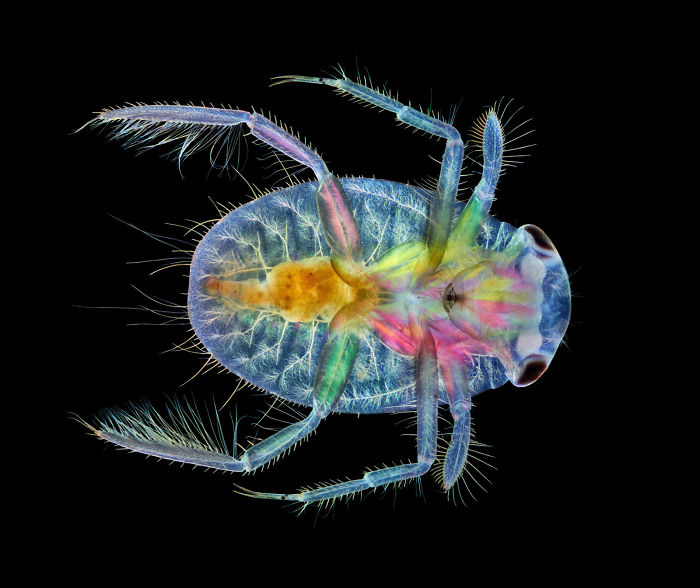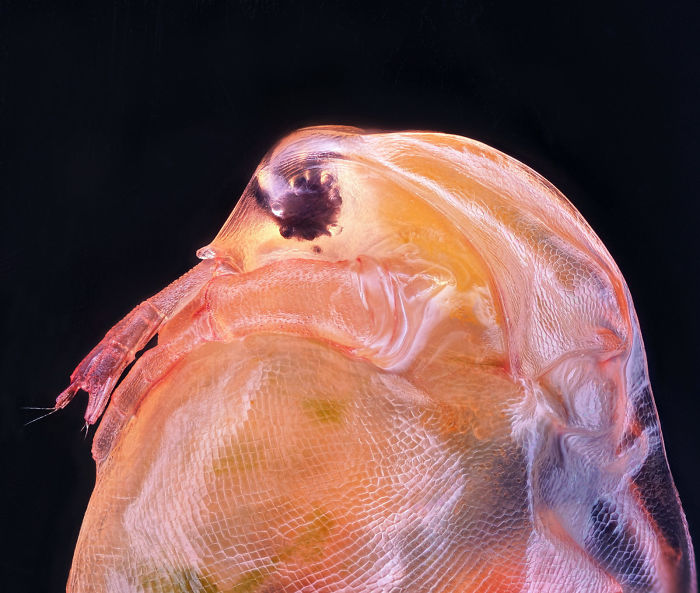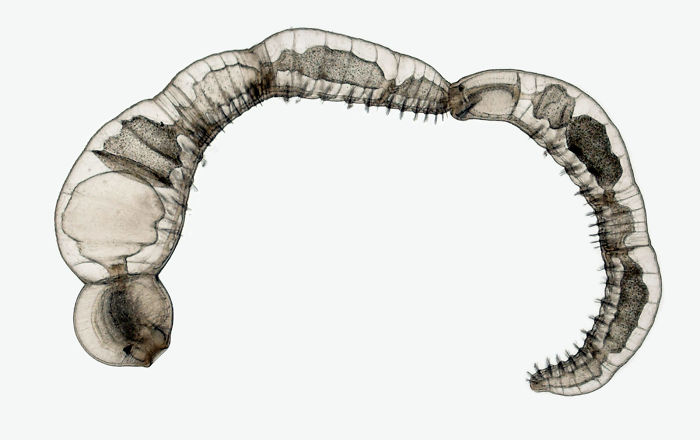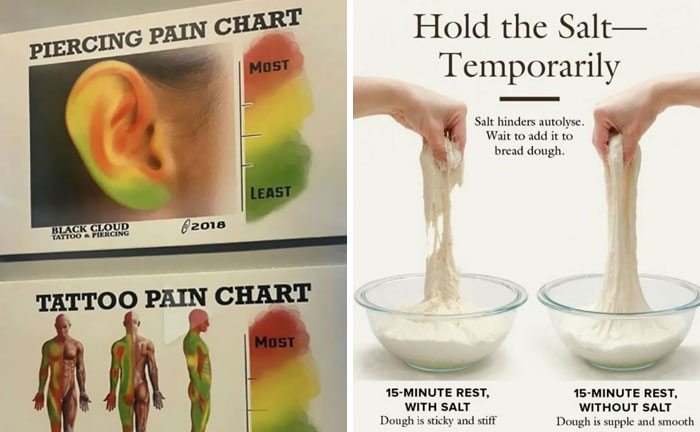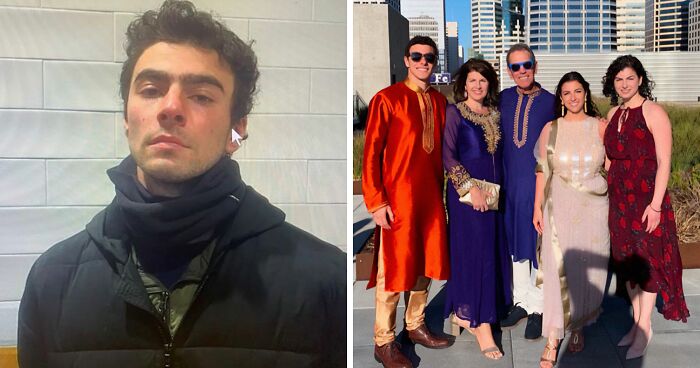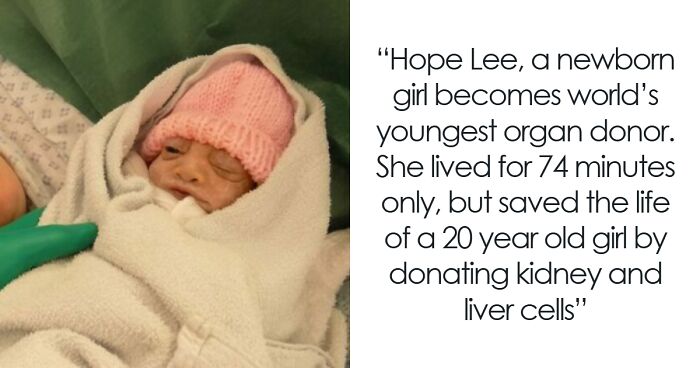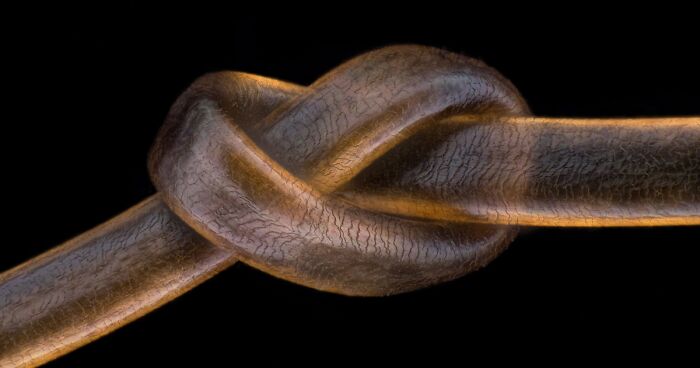
27Kviews
The Nikon Small World 2020 Competition Just Happened & Here Are The Top 20 Winners
Nikon's annual Small World photomicrography competition aims to recognize and showcase the stunning microscopic world that's invisible to the naked eye. Mesmerizing textures, patterns, and colors are revealed in the images taken with the microscopes, offering a peek into a world that we would otherwise miss.
For the 46th time, Nikon has hosted the ever-popular competition, revealing the hidden beauty of the tiny world. Last week, its 20 gorgeous winners were finally unveiled. The top prize this year was snatched by Daniel Castranova, who captured a photo of a juvenile zebrafish with fluorescently "tagged" skeleton, scales, and lymphatic system. The photo was stitched together using more than 350 individual images that were captured with a spinning disc confocal microscope. Scroll down below to see the rest of the winners of the 2020 competition, vote for the ones you liked the most, and tell us what you think in the comments down below!
More info: Nikon Small World
This post may include affiliate links.
Human hair
12th place: Robert Vierthaler. Human hair.
It ain't when you're running your finger through your hair and find a knot that you can't untie! LOL.
Load More Replies...haha if this were mine, it would have at least 6 of those in each strand every morning! curly hair, does not care.
The winning shot of the zebrafish has a significant meaning in the science world, as it helped to make a groundbreaking discovery—zebrafish have lymphatic vessels inside their skull that were previously believed to exist only in mammals. "The image is beautiful, but also shows how powerful the zebrafish can be as a model for the development of lymphatic vessels," said Daniel Castranova, who captured the image. "Until now, we thought this type of lymphatic system only occurred in mammals. By studying them now, the scientific community can expedite a range of research and clinical innovations—everything from drug trials to cancer treatments. This is because fish are so much easier to raise and image than mammals."
Tongue (radula) of a freshwater snail
3rd place: Dr. Igor Siwanowicz. Tongue (radula) of a freshwater snail.
Connections between brain cells
9th place: Jason Kirk, Quynh Nguyen. Connections between hippocampal neurons (brain cells).
Nylon stockings
16th place: Alexander Klepnev. Nylon stockings.
Bogong moth
5th place: Ahmad Fauzan. Bogong moth.
The winner of the second place is Daniel Knop, who captured and stacked together images of the embryonic development of a clownfish on days 1, 3, 5, and 9. Dr. Igor Siwanowicz, a true veteran of the Small World competition, with a picture of the tongue (radula) of a freshwater snail, was awarded the third place.
Crystals formed after heating an ethanol and water solution
13th place: Justin Zoll. Crystals formed after heating an ethanol and water solution containing L-glutamine and beta-alanine.
Embryonic development of a clownfish
2nd place: Daniel Knop. Embryonic development of a clownfish (Amphiprion percula) on days 1, 3 (morning and evening), 5, and 9.
Skeleton preparation of a short-tailed fruit bat embryo
20th place: Dr. Dorit Hockman, Dr. Vanessa Chong-Morrison. Skeleton preparation of a short-tailed fruit bat embryo (Carollia perspicillata).
Chameleon embryo
8th place: Dr. Allan Carrillo-Baltodano, David Salamanca. Chameleon embryo (autofluorescence).
Microtubules (orange) inside a cell
7th place: Jason Kirk. Microtubules (orange) inside a cell. Nucleus is shown in cyan.
For anyone who doesn't know... cells have a so-called cytoskeleton that provides structural stability and also functions as a microscopic highway for transporting stuff within the cell. For every type of cytoskeleton (there are three), there is group of molecules (i.e. proteins), that can "walk" along it. Type my username into the search bar on youtube if you want to see simulations of the funky walk of my namesake :)
Talking about the competition, Eric Flem, Communications Manager of Nikon Instruments, said: "For 46 years, the goal of the Nikon Small World competition has been to share microscopic imagery that visually blends art and science for the general public. As imaging techniques and technologies become more advanced, we are proud to showcase imagery that this blend of research, creativity, imaging technology, and expertise can bring to scientific discovery. This year’s first place winner is a stunning example."
Multi-nucleate spores and hyphae of a soil fungus
4th place: Dr. Vasileios Kokkoris, Dr. Franck Stefani, Dr. Nicolas Corradi. Multi-nucleate spores and hyphae of a soil fungus (arbuscular mycorrhizal fungus).
Zebrafish
1st Place: Daniel Castranova, Dr Brant Weinstein & Bakary Samasa. Dorsal view of bones and scales (blue) and lymphatic vessels (orange) in a juvenile zebrafish.
Silica cell wall of the marine diatom Arachnoidiscus sp.
19th place: Dr. Jan Michels. Silica cell wall of the marine diatom Arachnoidiscus sp.
Red algae
11th place: Dr. Tagide deCarvalho. Red algae.
Hebe plant anther with pollen
6th place: Dr. Robert Markus, Zsuzsa Markus. Hebe plant anther with pollen.
Leaf roller weevil
14th place: Özgür Kerem Bulur. Leaf roller weevil (Byctiscus betulae) lateral view.
Water boatman
17th place: Anne Algar. Ventral view of an immature water boatman.
Daphnia magna (Phyllopoda)
10th place: Ahmad Fauzan. Daphnia magna (Phyllopoda).
Daphnia magna is a small planktonic crustacean (adult length 1.5–5.0 mm) that belongs to the subclass Phyllopoda. It inhabits a variety of freshwater environments, ranging from acidic swamps to rivers made of snow runoff, and is broadly distributed throughout the Northern Hemisphere and South Africa.
Chain of daughter individuals from annelid species Chaetogaster diaphanus
15th place: Dr. Eduardo Zattara, Dr. Alexa Bely. Chain of daughter individuals from the asexually reproducing annelid species Chaetogaster diaphanus.

 Dark Mode
Dark Mode 

 No fees, cancel anytime
No fees, cancel anytime 


